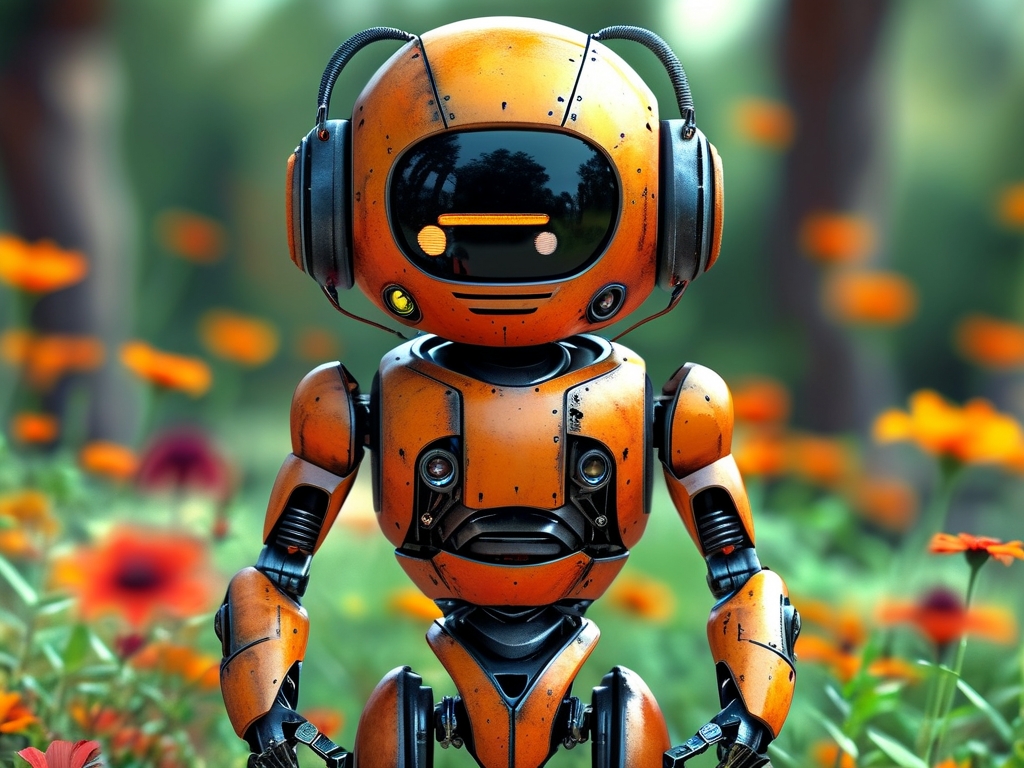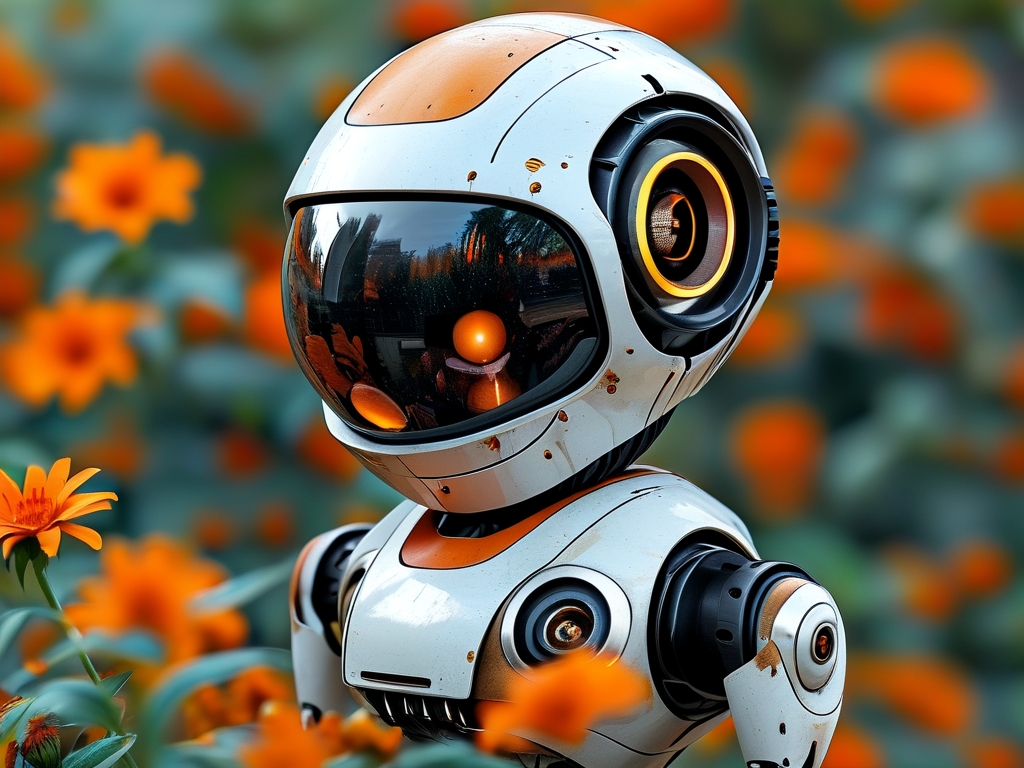Pollination is a critical process for global food production, with over 75% of crops relying on pollinators like bees. However, declining bee populations due to climate change, pesticides, and habitat loss have threatened agricultural sustainability. In response, scientists and engineers have developed robotic pollination technology—a groundbreaking innovation that mimics natural pollination mechanisms using advanced robotics and artificial intelligence. This article explores the principles, components, and potential impacts of this transformative technology.
How Robotic Pollination Works
At its core, robotic pollination replicates the role of bees by transferring pollen from male to female plant parts. The system integrates three key components:

-
Sensors and Vision Systems
High-resolution cameras and multispectral sensors scan flowers to identify their species, maturity, and pollen availability. Machine learning algorithms analyze this data to distinguish between flowers ready for pollination and those that are not. For example, infrared sensors detect heat signatures emitted by flowers in specific growth stages, while 3D imaging maps floral structures for precision targeting. -
Pollen Collection and Delivery Mechanisms
Robotic arms equipped with soft, brush-like appendages gently collect pollen from stamens. These tools are designed to mimic the texture of bee legs, minimizing damage to delicate flowers. The collected pollen is stored in micro-compartments and later released onto pistils using controlled airbursts or electrostatic charges. Some models employ biodegradable pollen-coated gels to ensure adhesion. -
Navigation and Autonomy
Autonomous drones or ground-based robots navigate farms using GPS, LiDAR, and obstacle-avoidance systems. Swarm robotics—a concept where multiple robots collaborate—enables large-scale pollination. For instance, a fleet of drones can divide a field into zones, optimizing efficiency through real-time data sharing.
Technical Approaches in Robotic Pollination
Different designs address unique agricultural needs:
- Drone-Based Systems: Lightweight drones equipped with pollination modules are ideal for open fields and orchards. Companies like Dropcopter have successfully pollinated apple and cherry crops in the U.S., achieving yield increases of 25–30%.
- Robotic Arms in Greenhouses: Stationary or rail-mounted robots in controlled environments use AI to monitor and pollinate plants like tomatoes and strawberries.
- Biohybrid Designs: Researchers in Japan have created insect-sized robots that attach to living bees or butterflies, enhancing natural pollination without replacing pollinators entirely.
Challenges and Innovations
Despite its promise, robotic pollination faces hurdles:
- Precision: Flowers vary in shape and size, requiring adaptable tools. Harvard’s RoboBee project addresses this with origami-inspired grippers that adjust to different geometries.
- Energy Efficiency: Pollination robots demand significant power. Solar-powered units and wireless charging stations are being tested to extend operational time.
- Cost: Early-stage systems are expensive, but economies of scale and modular designs aim to reduce prices for small-scale farmers.
Environmental and Economic Impact
Robotic pollination could mitigate the risks of pollinator decline while boosting crop yields. In regions like China’s Sichuan Province, where farmers manually pollinate pear trees due to bee shortages, this technology offers labor savings and scalability. Additionally, reducing reliance on chemical pollinators supports organic farming practices.
Ethical Considerations
Critics argue that replacing bees with machines ignores the root causes of pollinator decline, such as pesticide overuse. However, proponents emphasize that robotic systems are a complementary solution, not a replacement. By alleviating pressure on bee populations, the technology could buy time for ecological restoration efforts.
Future Prospects
Advancements in AI and materials science will drive the next generation of pollination robots. For example:

- AI-Powered Predictive Pollination: Systems could analyze weather and plant health data to optimize pollination timing.
- Edible Pollen Robots: MIT researchers are experimenting with robots made from food-grade materials that dissolve after releasing pollen, eliminating waste.
Robotic pollination technology represents a fusion of biology and engineering, offering a lifeline for agriculture in an era of ecological uncertainty. While challenges remain, its potential to enhance food security and sustainability is undeniable. As the technology evolves, collaboration between ecologists, engineers, and policymakers will be essential to ensure its responsible deployment.

